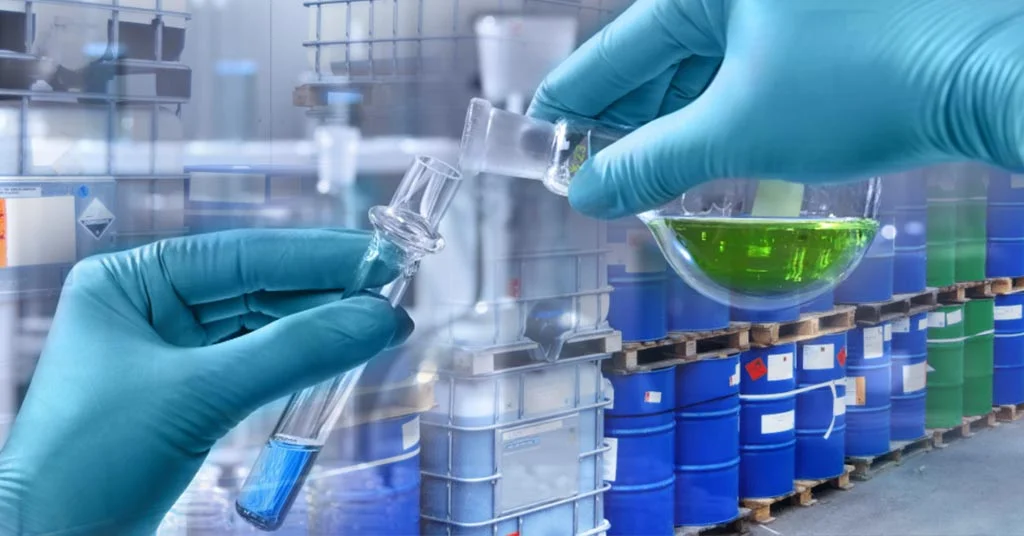Declining Phosphorus Acid Market in Germany Signals Industry Challenges and Potential Investment Opportunities
- 03-Aug-2023 2:03 PM
- Journalist: Patricia Jose Perez
During July 2023, the expansion rate for Phosphorus Acid witnessed a notable dip due to increased demand from the industrial sector. Despite having a moderate supply chain and decreased output levels, the overall cost of this vital resource gradually declined over time. Several factors contributed to this downward trend, including reduced import volumes and depleted stockpiles throughout Europe, especially in Germany, where they were lower than in other regions. According to our records, the amount of Phosphoric Acid stored in storage facilities grew because of reduced usage by specific end-use industries such as detergents and home cleaning supplies. Subsequently, the market value of Phosphorus Acid underwent a steep fall in Germany during July, reaching a price of USD 1588/ton 99% CFR Hamburg.
Regarding inflation, the Consumer Price Index (CPI) remained stable at 6.2%, based on traders' reports and merchants' quotes within the local market. Disturbances in the supply chain triggered an excess of raw materials necessary for creating Phosphorus Acid, which affected the accessibility of the finished product, causing its price to fluctuate. Decreased costs associated with manufacturing Phosphorus Acid, comprising labor fees, energy bills, transportation charges, and so forth, yielded a lesser final product price. Shifts in customer behavior and substitution toward substitute goods generated a decline in demand for Phosphoric Acid, leading to a price reduction. Competitors in the industry often adjust their prices to enhance their competitiveness, resulting in a broader decline in the price of Phosphorus Acid. Macroscopic indices such as inflation rates, exchange premiums, interest rates, and Gross Domestic Product (GDP) growth affect the pricing judgments of businesses creating and distributing Phosphorus Acid. Trading activities in the German market suffered a downturn in July following a drop in the Purchasing Managers' Index (PMI) to 38.8, which had a negative impact on market sentiment, according to traders' information. Due to a decrease in purchases from the downstream market, the inventory level of feedstock Sodium Hypophosphite has risen in the German market. In the regional market, the demand for Phosphorus Acid from fertilizers and batteries has significantly declined, as indicated by consumption rates.
Over the past week, the Energy industry has experienced stability in terms of energy generation and distribution. However, Phosphorus Acid despite this short-term stability, the industry has faced a sharp decline of 32% over the previous year. Analysts predict that the industry's annual earnings will continue to decline by approximately 1.4% over the coming years. Market participants remain cautious regarding the prospects of the German Energy industry, suggesting that they expect long-term growth potential to be significantly lower than historical averages. Currently, the Phosphorus Acid industry is valued at a Price-to-Earnings (PE) multiple of 9.9 times, which represents a discount relative to its three-year average PE of 20.5 times. Additionally, the industry's current Price-to-Sales (PS) ratio stands at 1.0 times, which is below its three-year average PS ratio of 1.7 times. These metrics suggest that investors may view the industry as being undervalued or potentially offering attractive entry points for new investments in the Phosphorus Acid industry.



